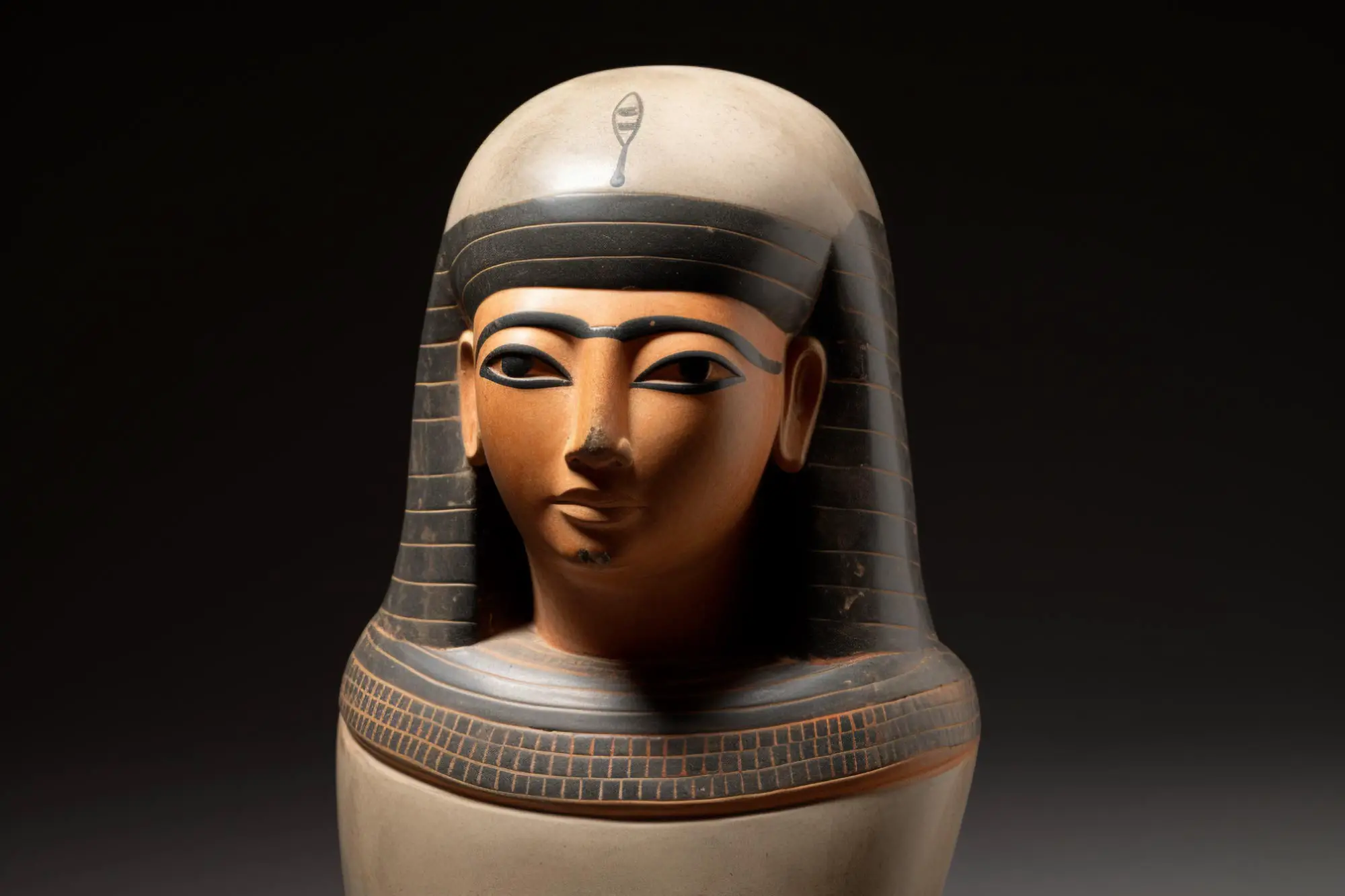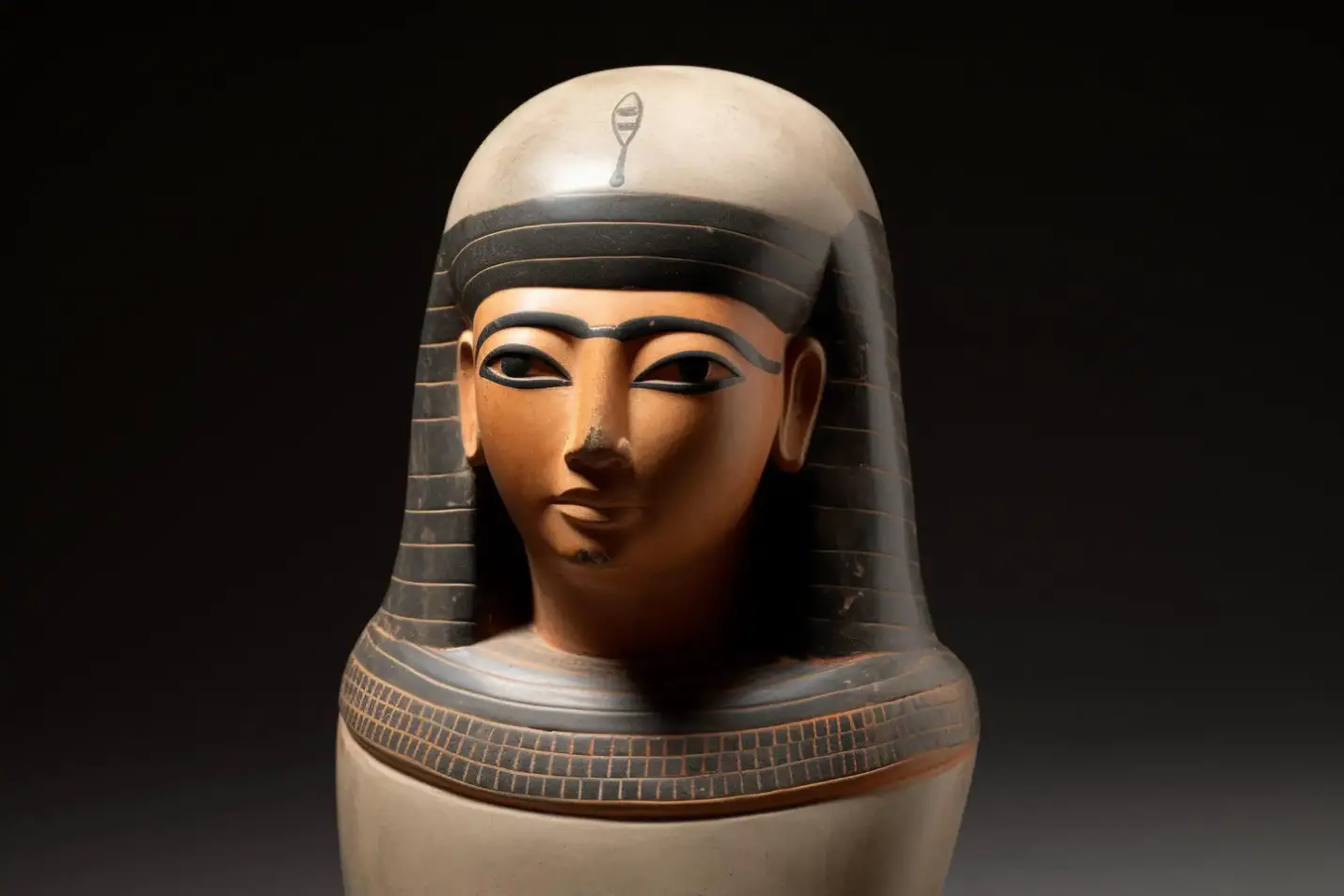

A new study details the components of the mummification balms for ancient Egyptian noblewoman Senetnay. The balms’ intricate and imported ingredients underscore Senetnay’s high status in Egyptian society, emphasizing her pivotal role in Pharaoh Amenhotep II’s life and her title as the “Ornament of the King.”
Researchers decode the mummification balms of ancient noblewoman Senetnay, revealing her elevated status in Egyptian society.
The ingredients of balms used in the mummification of an ancient Egyptian noblewoman named Senetnay — whose remains were excavated by Howard Carter in 1900 CE — are described in a study published today (August 31) in the journal Scientific Reports. The origins and complexity of the balms provide clues as to the high status of the individual.
Historical Background
Previous research has identified that Senetnay lived in Egypt around 1,450 BCE, was a wet nurse to the Pharaoh Amenhotep II during his infancy, and bore the title “Ornament of the King.” After her death, her mummified organs were stored in four jars in a royal tomb in the esteemed Valley of the Kings.

Limestone Canopic Jar of the Egyptian lady Senetnay (c. 1450 BCE); Museum August Kestner, Hannover (Inv.-No. 1935.200.1018). Credit: Museum August Kestner, Hannover; Photo: Christian Tepper (museum photographer)
Balm Analysis
Barbara Huber, Nicole Boivin, and colleagues analyzed the substances found within six balm samples from two jars that were used to store Senetnay’s lungs and liver. They report that both balms contained beeswax, plant oils, animal fats, the naturally occurring petroleum product bitumen, and resins from the family of coniferous trees that includes pines and larches.
The authors also identified the presence of the compounds coumarin and benzoic acid within samples from both jars. Coumarin has a vanilla-like scent and is found in a wide range of plants including cinnamons and pea plants, while benzoic acid occurs in fragrant resins and gums obtained from several types of trees and shrubs.
While the composition of the balms from both jars appeared to be very similar, the authors identified two substances that were only present in the jar used to store Senetnay’s lungs. These were a compound known as larixol — which is found in larch resin — and another fragrant resin that they suggest is either dammar, which is obtained from dipterocarp trees that grow in India and Southeast Asia, or a resin obtained from Pistacia trees — a group that is part of the cashew family. The presence of these ingredients in only one of the two jars could indicate that different balms were used to preserve different organs.
Comparative Analysis and Social Implications
Based on a review of previous analyses of mummification balms, the authors report that the composition of those applied to Senetnay’s organs was relatively complex compared to others from the same period. Additionally, they suggest that most of the potential ingredients would likely have been imported from locations outside Egypt.
The authors postulate that the complexity of the balms and the use of imported ingredients in the mummification of Senetnay reflect her high social status and indicate that she was a highly valued member of the Pharaoh’s entourage.
Reference: “Biomolecular characterization of 3500-year-old ancient Egyptian mummification balms from the Valley of the Kings” 31 August 2023, Scientific Reports.
DOI: 10.1038/s41598-023-39393-y